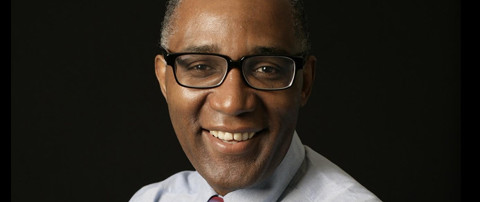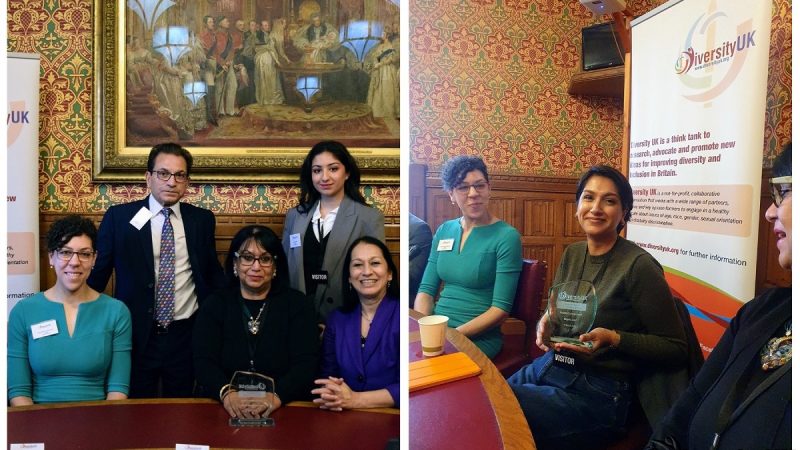‘Diversity Deficit’ effecting UK’s global competitiveness

A groundbreaking study, published on 11th February 2014, of the top 10,000 executives in Britain’s most important firms reveals a deep “diversity deficit” that could put UK companies at a serious disadvantage in both domestic and global markets. The research also shows that whilst some sectors of the economy are more gender and ethno-culturally diverse than others, the glass ceiling remains completely intact in all types of business.
The study, commissioned by the executive recruitment consultancy Green Park, is co-authored by the former equalities commission chair, Trevor Phillips, and Professor Richard Webber, of Kings College London, the lead developer of the world’s most widely used consumer classification system, Mosaic.
The Green Park Leadership 10,000 uses a unique software programme to analyse the backgrounds of Britain’s most influential business executives. For the first time it offers a picture that includes both the gender and ethno-cultural composition of Britain’s business leaders; and it compares the diversity deficits in fifteen different business sectors. Uniquely, the study reaches below the board and top executive level to assess the state of the “talent pipeline”.
The study reveals that:
• Amongst 289 key executives in the FTSE100 who occupy the posts of Chairman, CEO and CFO, just a dozen are women
• More than half of FTSE100 companies have no non-white leaders at board level, whether executive or non-executive; and two-thirds have no full-time minority executives at board level
• Women and minority leaders feature disproportionately as non-executive board directors: as a consequence their true level of influence is far smaller than their numbers suggest
• The fifteen industrial sectors of the FTSE 100 show very different levels of diversity; strikingly, those which typically show a smaller gender deficit, such as utilities, tend to show a much larger ethno-cultural deficit; and vice versa, as, for example, in the case of natural resources
• The authors suggest that women are most likely to be found in Top 100 positions in consumer-focused businesses, such as media, technology and consumer goods; and that the largest gender deficits occur where the customers are other businesses, such as in the engineering and construction sectors.
Trevor Phillips, Chair of Green Park Diversity Analytics said: “In the past decade there has been a growing consensus that our business elite is simply too narrow in its outlook, too prone to a herd mentality and just not switched on enough to the 21st century world. Our new analysis backs this up.
“As China grows to be the largest consumer market in the world, the fact that two thirds of our biggest companies have all white executive teams – and apparently not one person of Chinese descent – should set off a big red flashing light that we aren’t equipping ourselves to compete in these markets.
“And as women become more important consumers domestically, it’s self-defeating that they remain junior partners at the top of our economy.
“The fact is that if we’re going to earn our way out of the recession, we just can’t afford to be saddled with a diversity deficit this big.”
Findings
The main findings of the report are:
• Overall the top leadership of the FTSE 100 remains white and male, with just a dozen women amongst the 289 people occupying the Top 3 positions: Chair, CEO or CFO. Just 10 of the posts at this level are held by ethnic minority leaders.
• The next layer – the Top 20 – is more diverse, with about a fifth of positions occupied by women; but these are heavily skewed towards non-executive posts – about one in four NEDs are women, compared with about one in ten female executive directors.
• 53 companies show no minority presence at all amongst their Top 20 leaders. Discounting non-executive directors, 65 companies have no ethnic or cultural minority presence, so in effect, two out of every three FTSE 100 companies have an all-white executive leadership.
• Women occupy about one in four of the Top 100 positions in FTSE 100 companies; leaders of minority origin account for just under one in seventeen.
• The talent pipeline shows that there are enough female and minority candidates available for the top jobs. Each FTSE 100 firm would, on average, need to replace just two men with two women to reach an overall 30 per cent target amongst FTSE 100 Top 20 employees.
• Broadly speaking, sectors that are successful at promoting women to senior positions are not doing the same for minorities – and vice versa.
• Sectors which show a relatively low diversity deficit at Top 100 level do not always carry this into the executive boardroom – in the media sector, for example, more than one third of Top 100 employees are female, placing it first at this level; yet the sector comes in only 7th at the Top 20 level, with women occupying just a fifth of these positions. This suggests that rather than being broken, the glass ceiling has simply moved upwards a notch
• At Top 20 level, the most gender diverse sectors are Utilities and Health; at Top 100 level, Media and Technology shine.
• The worst performing sectors for gender diversity are Construction and Natural Resources at the Top 20 level; and Engineering and Construction at Top 100 level
• The most ethno-culturally diverse sectors at Top 20 level are Natural Resources and Industrials; at the Top 100 level the best performers are Telecoms and Banking/Finance.
• The least ethno-culturally diverse sectors are Utilities and Engineering at Top 20 level; and Engineering and Transport at Top 100 level.
• Professional and Support Services appear to be relatively non-diverse on every measure.
To further information visit www.green-park.co.uk




